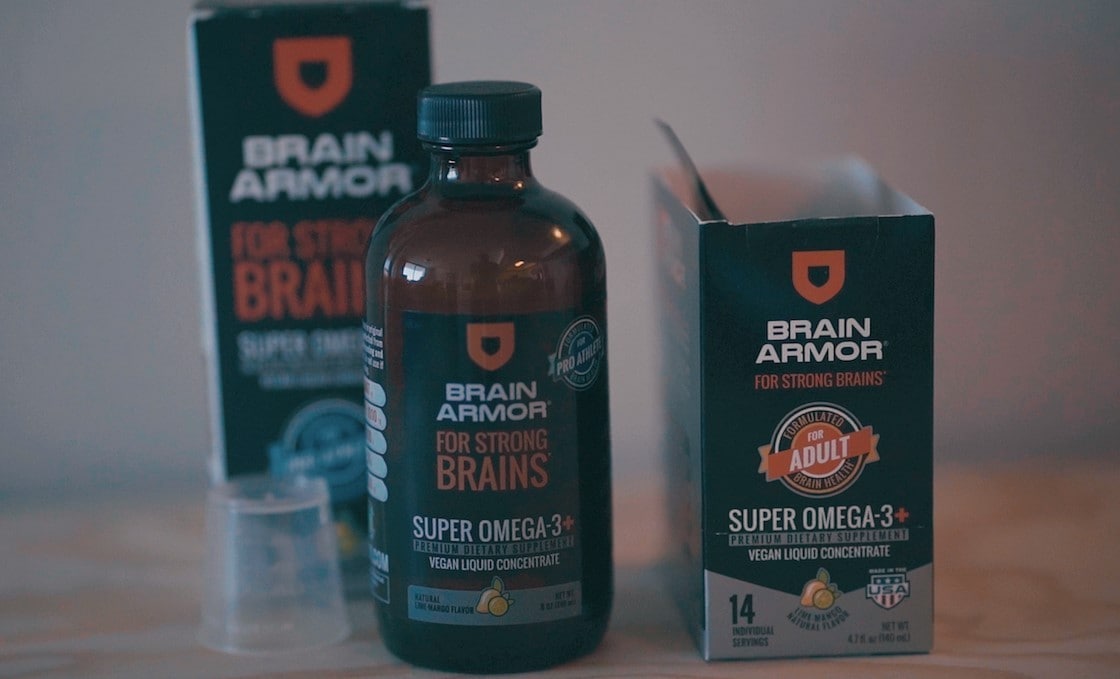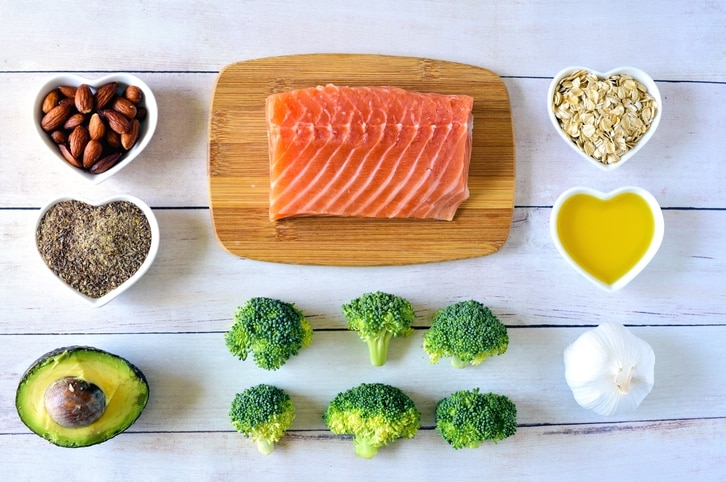The human brain is made up of nearly 60 percent fat so it is no surprise that omega-3s are intimately linked to the health of this vital organ. Eicosapentaenoic acid (EPA) and Docosahexaenoic acid (DHA) are the forms of omega-3 fats particularly important for maintenance of normal brain function in adults. (1) These fats build cell membranes and promote new brain cell formation.
Omega-3s and the Brain
Omega-3 fats are recommended to help maintain brain health. Studies have revealed a link between an imbalance in omega-3s from diet and impaired brain performance and cognitive diseases. (2)
The brain contains more than 100 billion cells and omega-3 fatty acids are the building blocks of these cells. These fats bind to cell membranes increasing fluidity, which is important for the functioning of each brain cell. (3) The benefit of membrane fluidity is that it helps the brain change and adapt to new information. Additionally, the omega-3s in cell membranes aid the function of neurotransmitter receptors, which helps facilitate how information is communicated in the brain. (4) Neurotransmitters are brain chemicals that communicate information throughout the brain and body.
Preliminary studies have shown that omega-3s may increase BDNF, the brain’s growth hormone. (5) In turn, this increases the production of brain messengers while decreasing their destruction.
Omega-3s and Brain Disorders
Emerging research suggests a role between omega-3s and cognitive disorders including depression, bipolarism, schizophrenia and Attention Deficit Hyperactivity Disorder (ADHD). While research is not yet conclusive, several epidemiological studies have associated low levels of omega-3s in individuals with these health conditions. (6)
Normal brain aging is characterized by many factors, including the reduction in brain volume and weight, and changes in membrane fat content. The aging brain is more susceptible to developing neurodegenerative diseases. Because there seems to be a more consistent link between omega-3 intake and cognitive support, researchers believe omega-3, particularly DHA, may help support brain health. (7)
Getting the Right Omega-3s
There are three sources of omega-3 fatty acids: Eicosapentaenoic acid (EPA) and docosahexaenoic acid (DHA) and Alpha-linolenic acid (ALA). EPA and DHA are the most beneficial when it comes to the brain. (8) These types are largely found in cold-water fish including salmon, mackerel, tuna, halibut and grass-fed meats. Marine algae are also high producers of EPA and DHA. Lower mercury sources of omega-3 fats include anchovies, herring, oysters and sardines.
ALA is found in plant foods including flax seeds and walnuts. In order for ALA to have the same powerful effects of EPA and DHA in the brain, the body must convert it. (7) Because many of us do not make these conversions efficiently, it is best to seek out reliable sources of DHA and EPA.
The Mix – Omega-3s and Omega-6s
Omega-6s are essential fatty acids, which means they must be obtained from the diet. They are also crucial for brain function but are not nearly as important as omega-3s. Omega-3s are the precursor to anti-inflammatory hormones, which can help reduce inflammation in the brain. (9)
Omega-6s are precursors to pro-inflammatory molecules. Inflammation is important in modest amounts but not at the level currently being consumed from today’s packaged and fast food industries. The ratio of omega-6s to omega-3s is largely skewed due to modern diets heavily favoring the omega-6 rich foods, including processed foods, fast foods and vegetable oils (corn, safflower and cottonseed). A high omega-6 to omega-3 ratio throws the body into a pro-inflammatory state. Studies suggest that this high ratio of omega-6 to omega-3 is associated with worsening inflammation over time, including in the brain. Because omega-3s compete with omega-6s to be included in cell membranes, it is important to balance their ratio appropriately to promote an anti-inflammatory state. (10)
Modern diets promote an omega-6 to omega-3 ratio as high as 15 to 1. Research suggests that we should opt to achieve a ratio closer to 1:1 for optimal health. (11) This can be done by eating more omega-3-containing foods like cold-water fish and supplements when needed, along with reduction of processed foods and vegetable oils.










